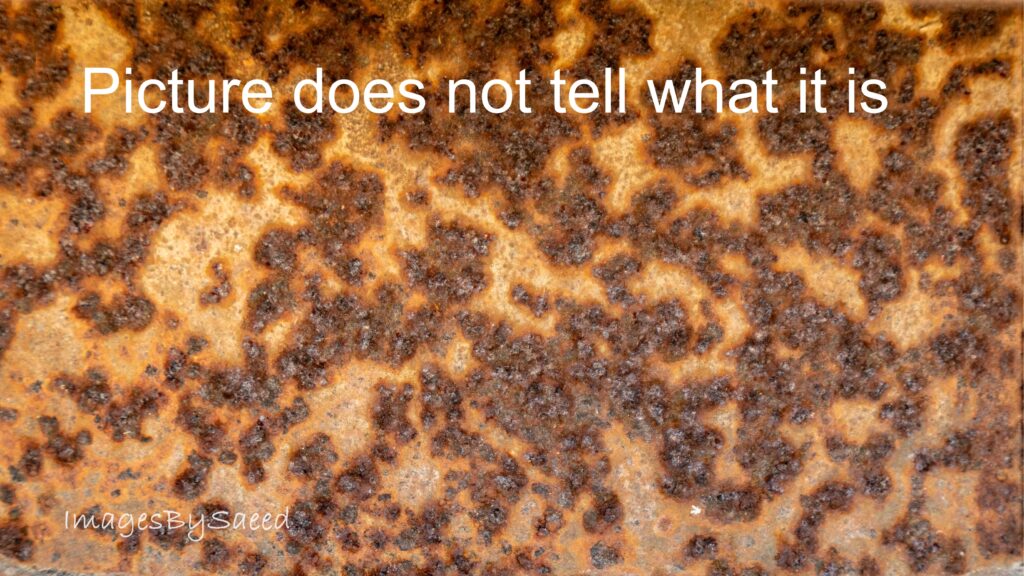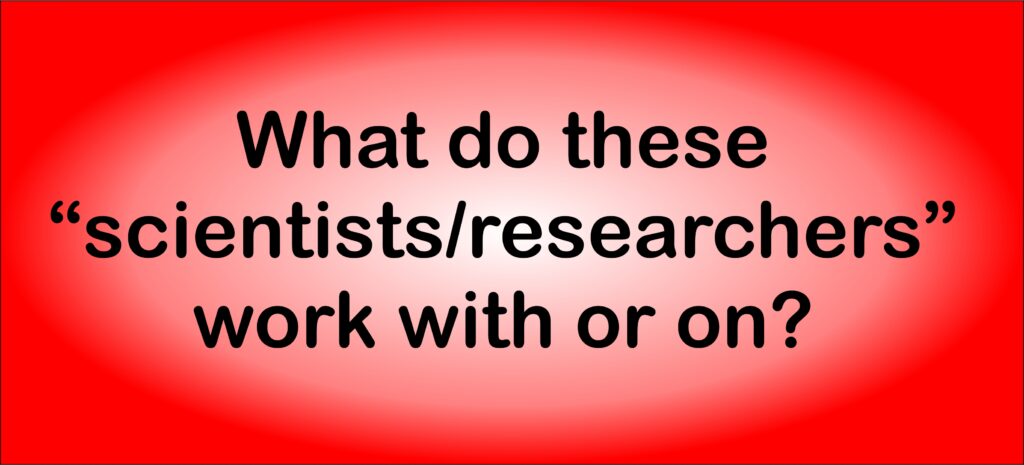One should be cautious when hearing food/nutrition advice from someone without appropriate education and training, like physicians. People do not realize that most modern illnesses and treatments, viral, mRNA vaccines, cancer, chemo, etc., are from physicians’ involvement in science, for which they have had no training but have been considered science and its research experts.
It is important to note that now, the trend (fad) is about all kinds of “healthy” food theories, such as those related to omega-3/6, high cholesterol (eggs), low or no sugar, and high protein/fat (like keto), GMO, vege or meat dominant, seed oils, processed food phobia, environmental/agricultural “pollutants” (chemicals) free, etc. while continuing with chemical-based medicines.
People do not realize that these dietary recommendations come from those who hardly have studied or have knowledge of science (of chemicals). It should be understood that, like medicines, food constituents are also chemicals. It is important to note that dietary suggestions may not be all-natural body requirements but may act as (soft) medicines that can potentially cause long-term deficiencies or deviations. It would be almost impossible to figure out what is wrong with the body then. The body may not be in its expected natural form but in a deviated form, showing signs of flu, clots, cancers, obesity, micronutrient (mineral/vitamin) deficiencies, etc., considered illnesses.
Please do not overdo it; be as normal as possible, and eat healthy (usual/standard) food in regular or moderate quantities, as our forefathers used to do, with as many good hygienic and sanitary practices as possible.
I can say with certainty that if you hear a scientist say this or that, it is almost guaranteed that the person is NOT a scientist but a cheap hack. Actual/real scientists have disappeared to the wilderness and live in caves, i.e., in filthy cubicles in remote and isolated areas (like basements) of universities.
I am looking forward to the time when all the current and fraudulent medical/health sciences and their scientific research will be buried at the bottom of the ocean floor, never to return. Only then will we start looking into the fundamental science of chemicals (medicines and food ingredients) and body chemistry and its interactions appropriately and logically.
Wishing you healthy eating and living, possibly without chemical-based (allopathic) medicines!










